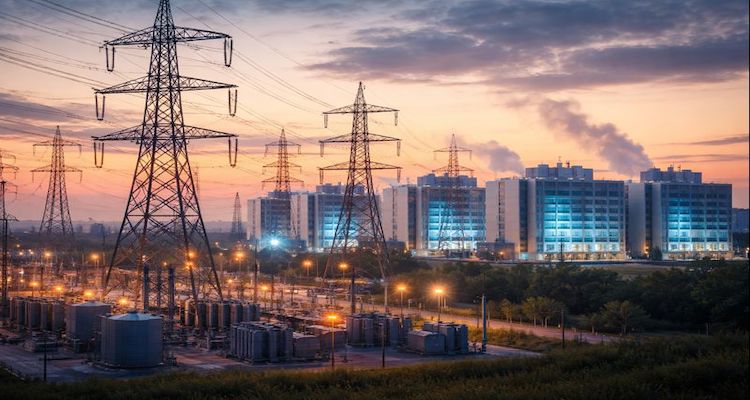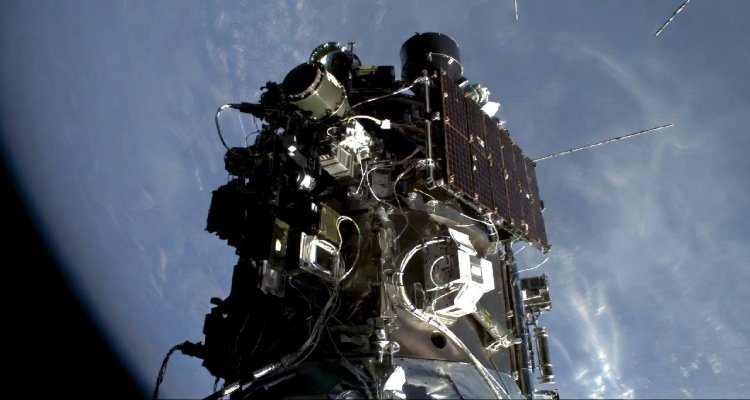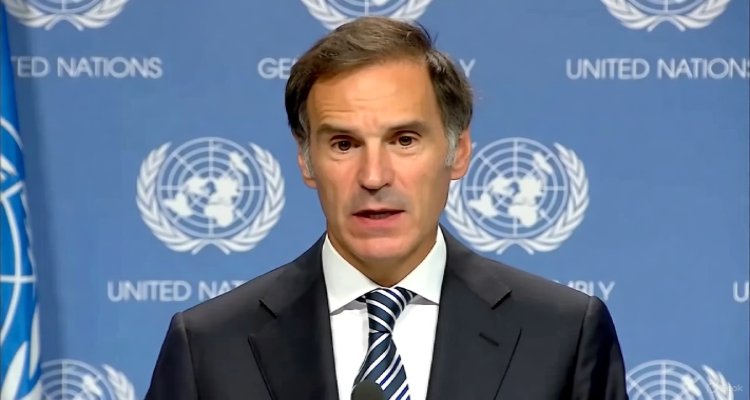What Is the Role of IAEA?
The IAEA plays a crucial role in promoting safe, secure, and peaceful uses of nuclear science and technology. Here’s how it advances global development and security.
Powering Peace: Understanding the Role of the International Atomic Energy Agency (IAEA)
When International Atomic Energy Agency (IAEA) Director General Rafael Mariano Grossi addressed the United Nations General Assembly on October 29, 2024, the message was clear: nuclear science remains central to solving some of the world’s toughest challenges. From advancing sustainable energy to enhancing global health, the agency’s mission stretches far beyond nuclear safeguards—it is about harnessing atomic energy for peace and progress.
A Legacy Born from “Atoms for Peace”
The story of the IAEA begins in the aftermath of World War II, a time when the world wrestled with both the potential and peril of nuclear power. In 1953, then U.S. President Dwight D. Eisenhower delivered his famous “Atoms for Peace” speech before the UN General Assembly, proposing the creation of an international body to regulate nuclear technology for peaceful purposes.
Four years later, on July 29, 1957, President Eisenhower ratified the agency’s founding statute, officially marking the birth of the IAEA. That October, during the First General Conference, delegates established its headquarters in Vienna, Austria—a fitting choice for an organization that sought neutrality and global cooperation. Today, the IAEA includes 180 Member States, with India counted among its founding members.
The agency’s structure and influence are global. It operates regional offices in Toronto and Tokyo, liaison offices in New York and Geneva, and technical laboratories in Vienna, Seibersdorf, and Monaco.
Safeguarding the Atom: The IAEA’s Core Mandate
The IAEA’s mission is encapsulated in its motto—“Atoms for Peace and Development.” It acts as the world’s central intergovernmental platform for scientific and technical collaboration in the nuclear field. Its work is guided by two primary objectives: ensuring that nuclear technology is used safely and securely, and advancing its contribution to global development.
To fulfill this, the agency combines regulatory oversight with capacity building. Through its safeguards system, the IAEA verifies that nuclear materials under Member States’ jurisdictions are not diverted for military use. This involves a network of inspections, reports, and technical analyses that bolster international trust.
According to its 2024 Annual Report, the agency conducted more than 3,150 in-field verification activities across over 1,380 facilities worldwide. These operations allowed it to draw comprehensive safeguards conclusions for 175 Member States—a key metric in maintaining global nuclear transparency.
Nuclear Technology for Human Progress
Beyond safety and regulation, the IAEA’s work touches numerous aspects of human development. Its peaceful applications of nuclear science have improved lives in healthcare, food production, environmental protection, and energy innovation.
One of its flagship programs, Rays of Hope, tackles a dire global health inequity: access to radiotherapy. Cancer remains one of the world’s leading causes of death, yet nearly half of patients who need radiotherapy cannot access it. Through this initiative, the IAEA has facilitated the delivery of advanced cancer care equipment and expanded anchor centers for treatment to 11 countries. These centers now serve as regional hubs for capacity building and technology transfer.
Meanwhile, the Zoonotic Disease Integrated Action (ZODIAC) initiative demonstrates how nuclear techniques can strengthen pandemic preparedness. By integrating molecular diagnostics and big-data platforms, the program helps track and mitigate zoonotic diseases—those that jump from animals to humans. With 151 Member States designating national coordinators and 129 naming laboratories, ZODIAC reflects a growing global consensus on science-based resilience.
Safeguarding in a Time of Conflict
The IAEA’s presence in conflict zones illustrates the human dimension of its mission. In 2024, the agency maintained its operations in Ukraine, ensuring the safety and security of nuclear facilities amid ongoing warfare. Director General Grossi emphasized that these efforts were not only technical but moral in nature—protecting both the civilian population and global nuclear stability.
“The IAEA’s work in Ukraine reflects our principle that nuclear safety cannot be compromised, even in the most difficult circumstances,” Grossi told the General Assembly. Such statements underscore the agency’s diplomacy-driven approach to crises where radiation risks could have regional or global consequences.
Global Governance and Accountability
The IAEA’s policy-making framework ensures that accountability and oversight remain at its core. The General Conference, composed of all Member States, meets annually in Vienna to review programs and budgets. Between conferences, the 35-member Board of Governors convenes five times a year to deliberate on key policy and operational matters.
This global governance model keeps the agency responsive and transparent. It allows Member States—from nuclear powers to emerging economies—to influence how the world manages the benefits and risks of atomic energy.
Future Pathways: From Energy to Climate Action
As climate change intensifies, the IAEA’s role in supporting low-carbon energy strategies becomes more prominent. Nuclear power, though controversial, offers a stable and scalable alternative to fossil fuels. The agency assists countries in developing infrastructure, safety standards, and financing mechanisms to adopt nuclear energy sustainably.
Moreover, through technical cooperation programs, the IAEA aids nations in meeting the United Nations Sustainable Development Goals (SDGs)—particularly those related to clean energy, health, and food security. This integrated approach positions the IAEA not merely as a regulator, but as an enabler of equitable progress.
Conclusion: Atoms for a Better Tomorrow
From its inception in 1957 to its current leadership under Rafael Mariano Grossi, the International Atomic Energy Agency has evolved into a linchpin of modern multilateralism. In a world facing climate pressures, public health crises, and energy transitions, the IAEA’s dual pursuit of safety and innovation remains indispensable.
Its ultimate purpose—ensuring that the power of the atom serves humanity rather than harms it—continues to shape international peace and scientific advancement. As the agency’s motto suggests, the future of nuclear science lies not in fear, but in development.
Disclaimer: This article is for informational and educational purposes only. It synthesizes publicly available information and statements from official IAEA reports and does not represent the official views of the IAEA or the United Nations.











